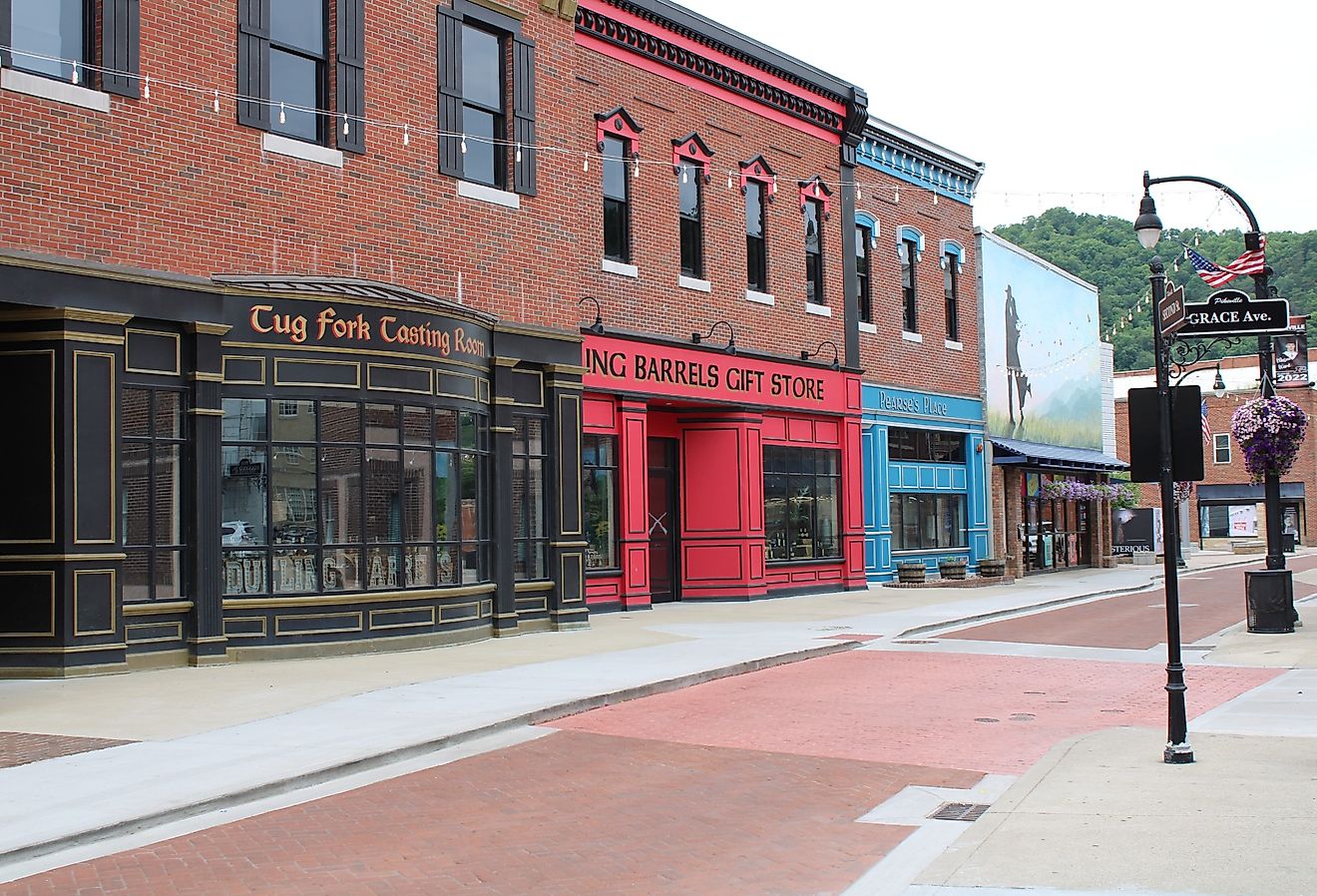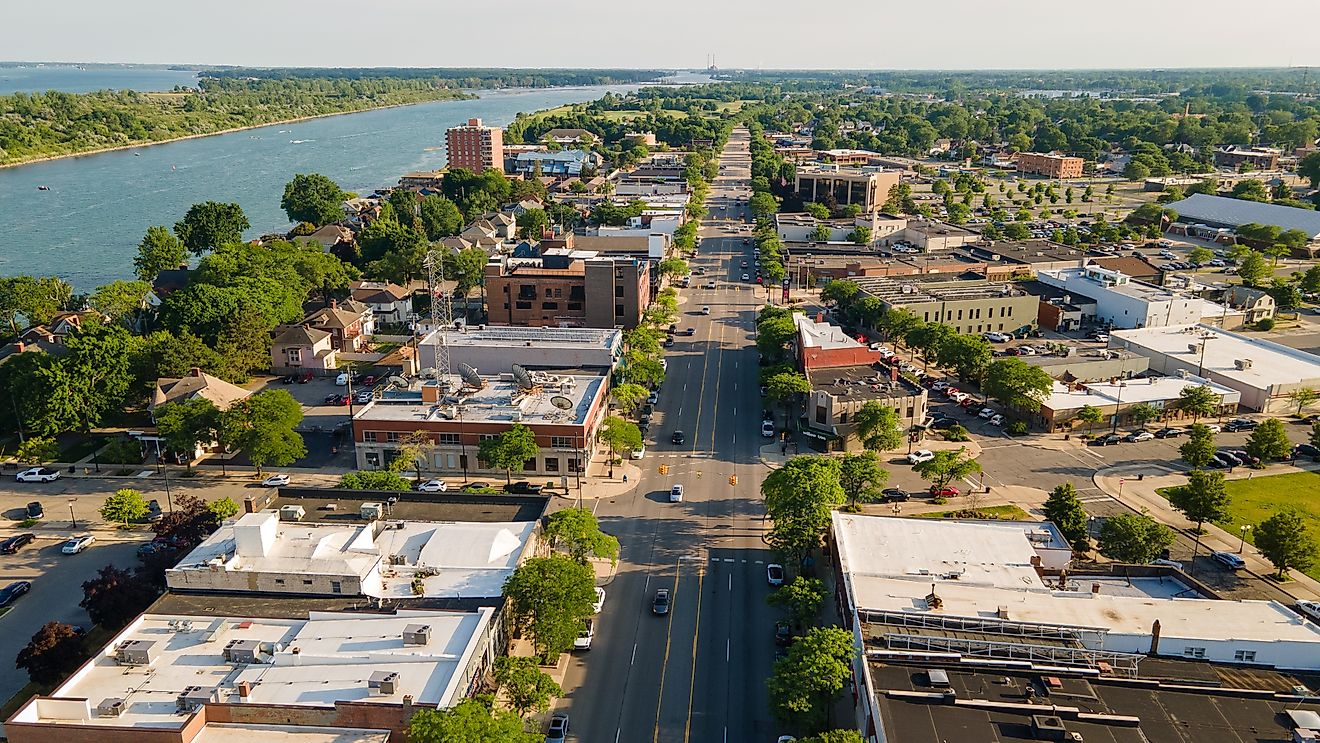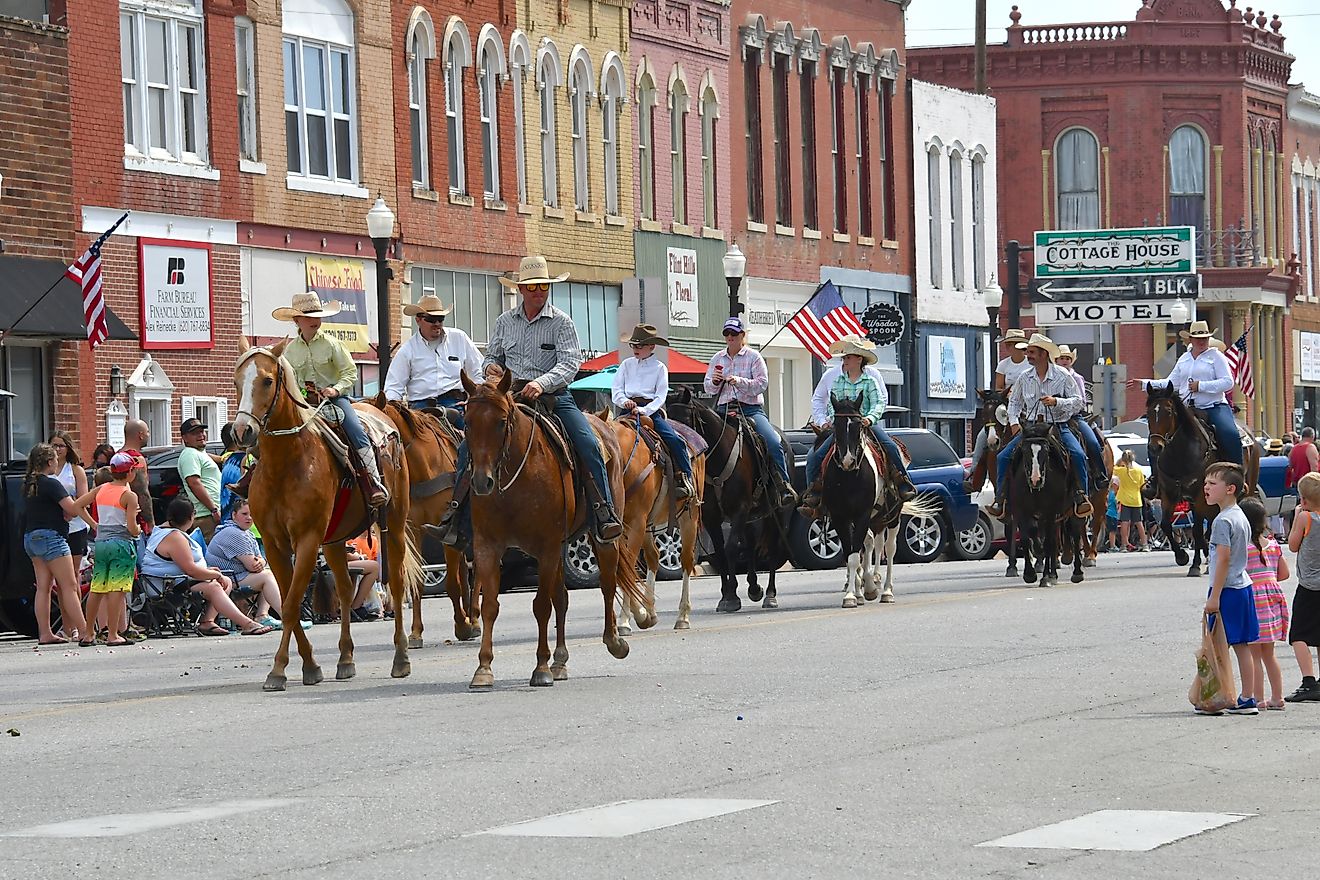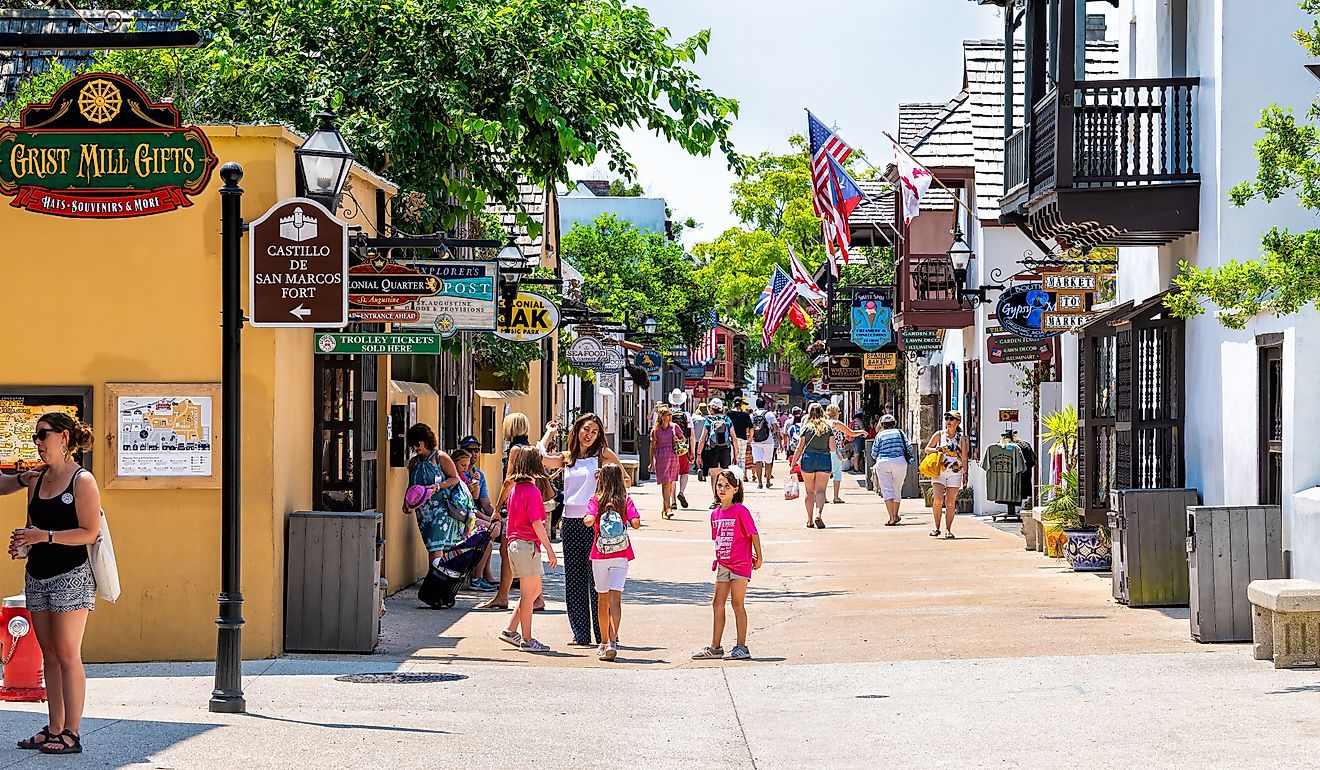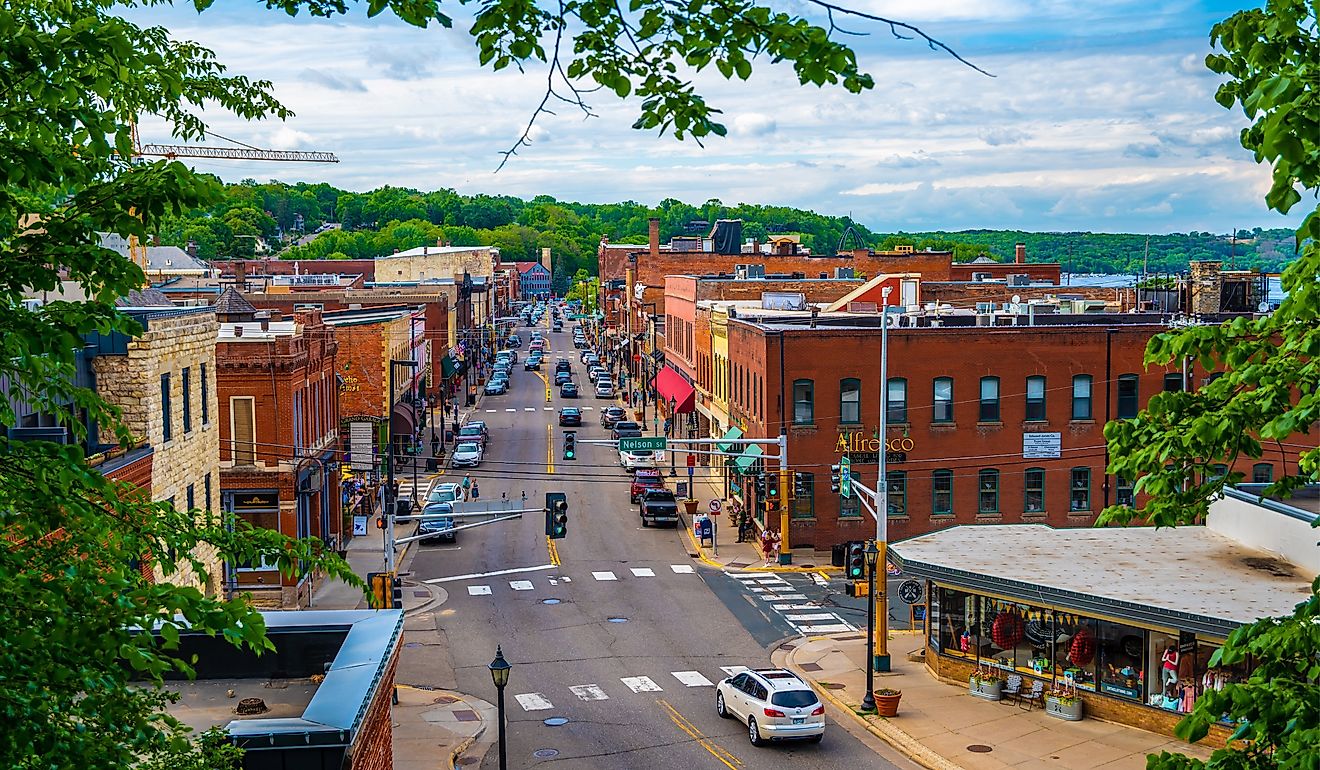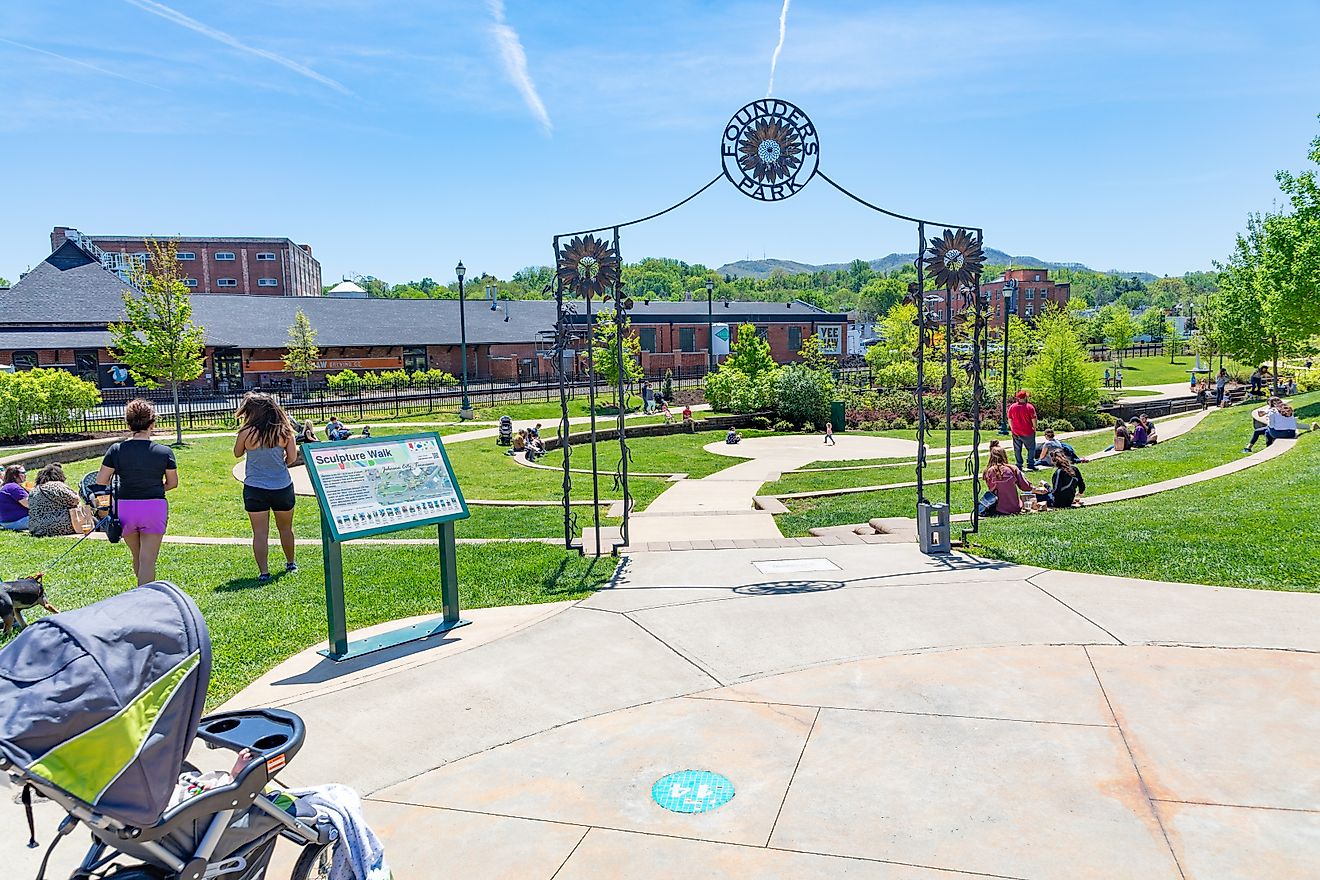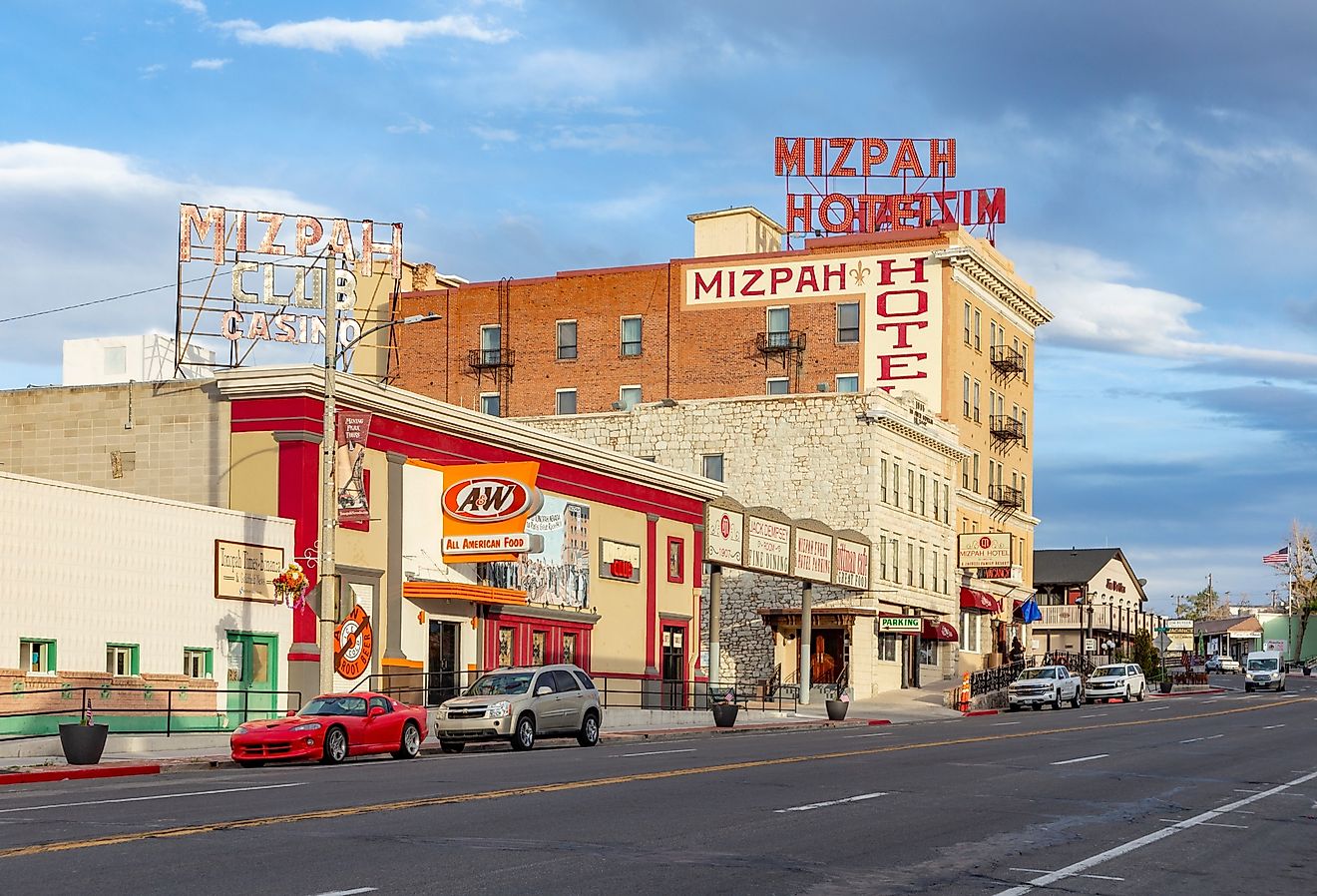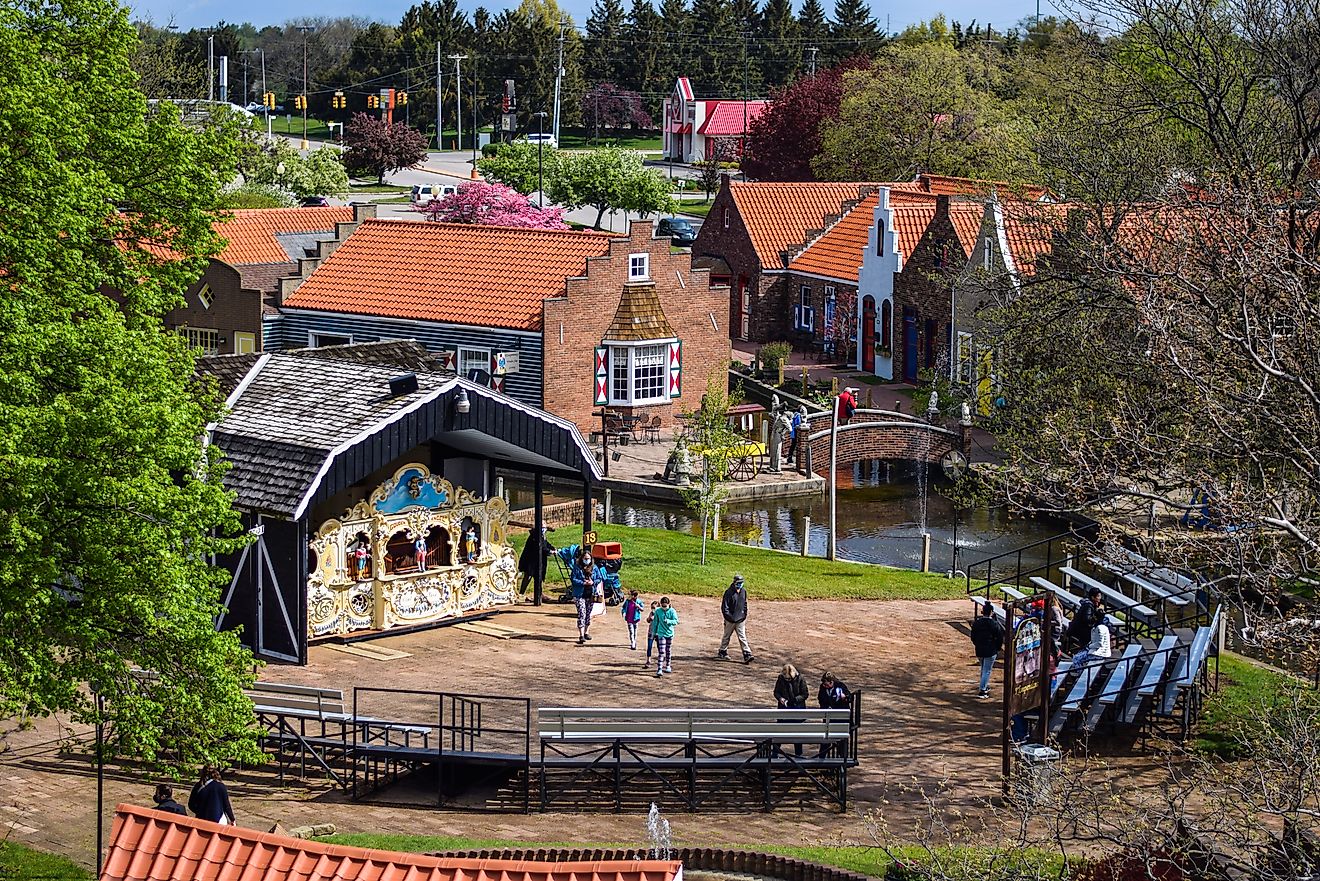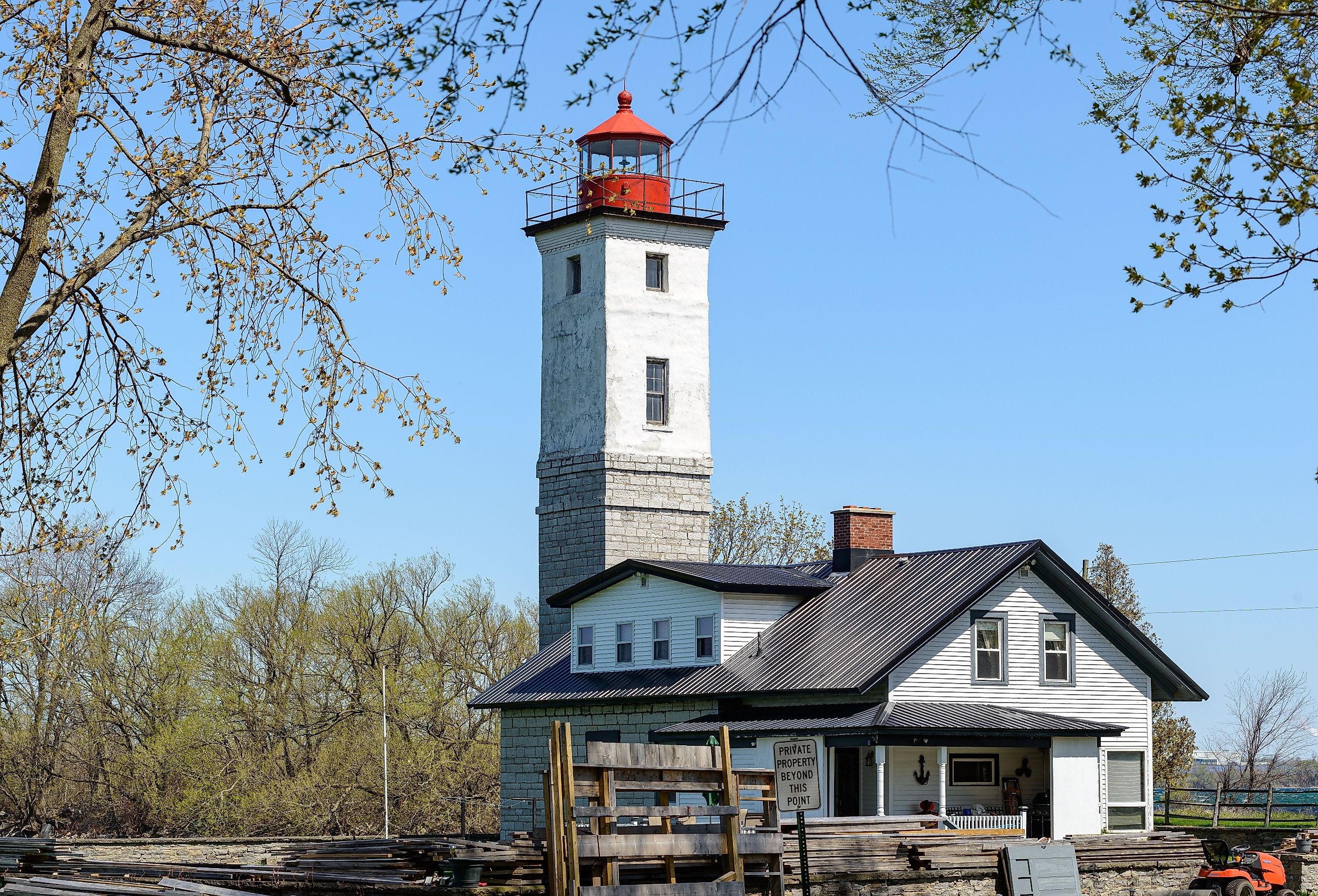
8 Oldest Founded Towns To Visit In the Adirondack Mountains
Located in Upstate New York, the Adirondack Mountains are home to many old-founded towns. While often believed to be part of the Appalachian Mountain range, the Adirondacks are set apart due to their geologic differences. Most notably, the Adirondack Mountains continue to grow each year and are formed on a separate dome from the surrounding mountain ranges. Tucked among the valleys are countless old towns and ghost towns to visit in the Adirondack Mountains.
Tahawus
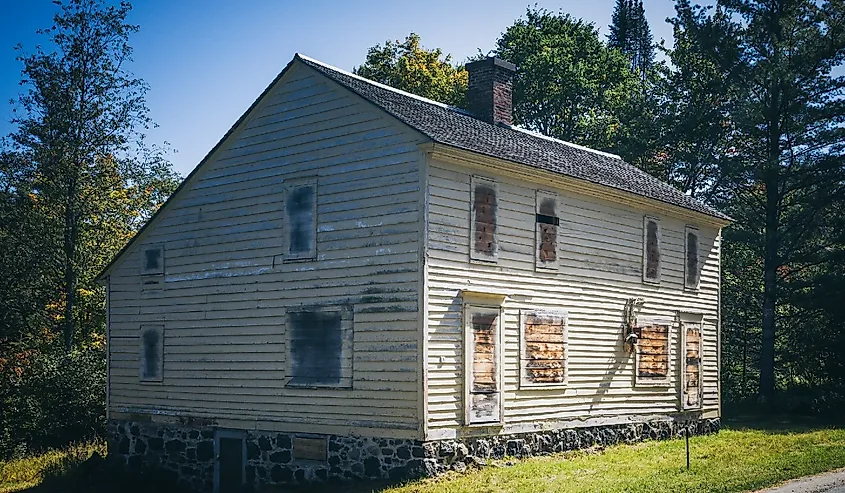
Tahawus is not officially still a town in Upstate New York. Rather, it's a ghost town in Essex County, south of Lake Placid. Despite being a ghost town with no permanent residents for over 40 years, it has a rich history. Settlers to Tahawus arrived predominantly for work in the early-1800s. The Adirondack Iron Works Company owned this land and most of the surrounding region and used it to mine for iron ore. In 1857 the Adirondack Iron Works Company abandoned the mining operations near Tahawus, leaving the land to use for lumber and hunting.
The town and surrounding region experienced a second birth in the 1940s as mining operations resumed. This burst of success lasted until 1989, when the mines were officially abandoned, and Tahawus became an official ghost town. The town is a nationally recognized historic site, and visitors can check out this old ghost town to see some of the old buildings and abandoned mining sites.
Argyle
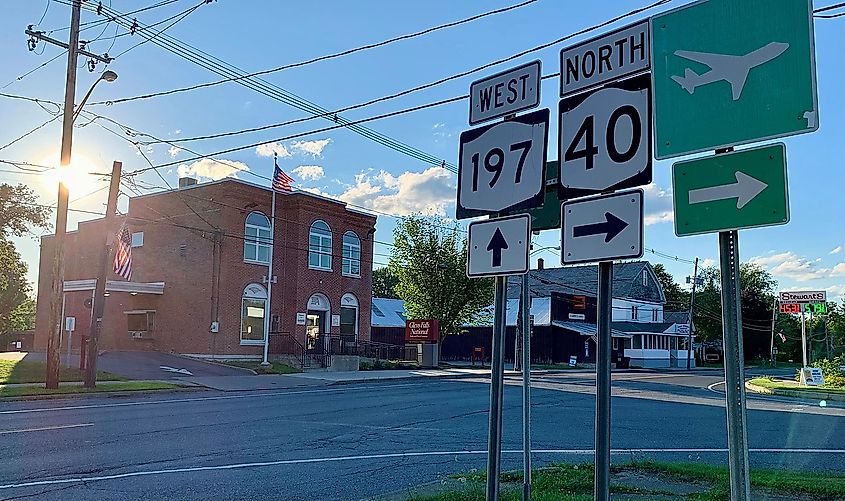
Argyle is a small town in Washington County, New York, with approximately 300 residents. It's named after Argyllshire, Scotland, where many original European settlers originated. The surrounding Adirondack Mountains resemble the gorgeous green mountains of northern Scotland and give the town a wild yet welcoming feel.
Before the arrival of Europeans in the 1600s, Argyle was inhabited by Mohawk and other Algonquin tribes. The lands were rich hunting grounds and might have also been used by the Iroquois. The Dutch established a fur trade with the Mohawk natives and held a business monopoly until the arrival of the British and, later, the Scottish. Argyle is a historically rich area that is also the perfect place for exploring the Adirondacks. The town, nestled at the foothills of the mountains, offers a warm, quiet place to stay while traveling through the Adirondacks.
Salem
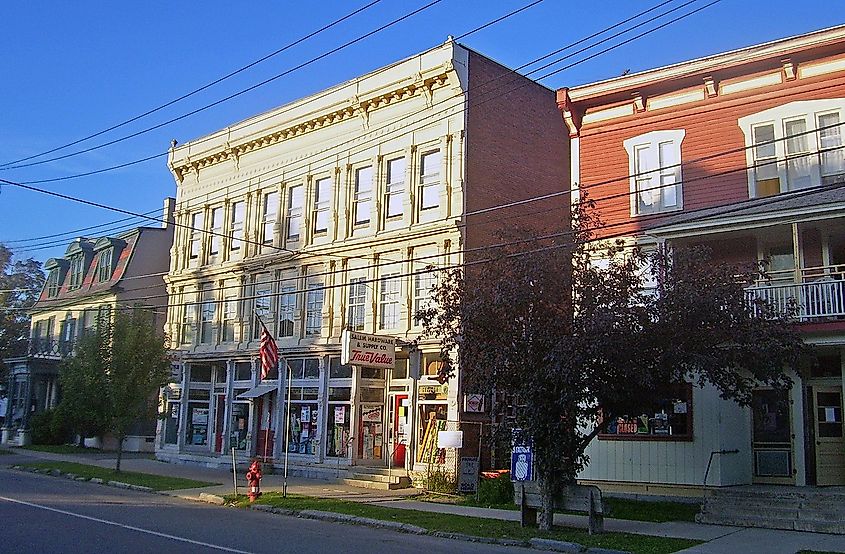
Salem is a quiet and welcoming historic community in Washington County. Several small creeks and brooks flow through the town, including West and Beaver Creek, Black Creek, and Blind Buck Brook. The various covered bridges offer a glimpse into the traditional design of the community. Joshua Conkey and James Turner were the first European settlers in what would later become Salem. Conkey and Turner were soldiers in the French and Indian War when first passing through the region. Later, James and Alexander Turner received land rights to Salem, although the land was later split between New England and Irish settlers.
Salem offers visitors a unique peek into the past. Much of the local landscape and infrastructure still reflects a pre-civil war design. Salem is a must-see for anyone hoping to experience the historic side of the Adirondacks.
Hague
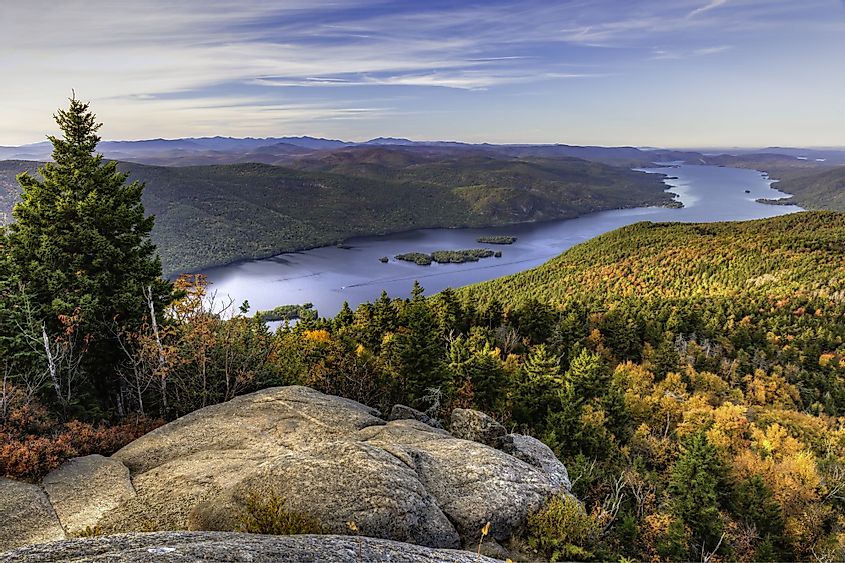
The town of Hague is in Warren County, near the border of Vermont. It's not a large town, with just over 800 people calling it home. However, it has a long history and was especially important during the Revolutionary War. Benjamin Franklin traveled through Hague during the Revolutionary War and often stayed there on his travels to Canada. Although, it wouldn't get its modern name until 1808, and was originally named Sabbath Day Point and Fort Ticonderoga. It was a military base until around the 1790s when settlers began establishing a village.
Hague sits on the banks of Lake George and is where the legend of the Lake George Monster began. Sabbath Day Point is still a neighborhood in Hague, where visitors can see the approximate site of the Battle of Sabbath Day Point.
Stony Creek
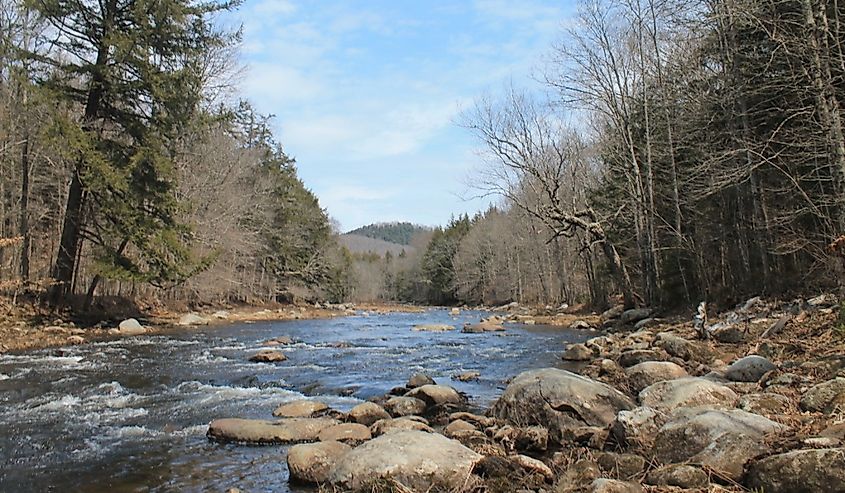
Stony Creek is in Warren County, bordering Saratoga County to the south and the Hudson River to the west. Stony Creek gets its name from a creek by the same name, which flows through the Adirondack Mountains. It was once a more prominent town of approximately 1,200 people but is currently home to about half this number.
This town was originally incorporated in the 1850s with the name of Athol. However, Europeans settled the area as early as the 1790s. Local tanning industries bolstered the economy through the 1800s and early 1900s, allowing the community to grow and prosper. Although, after the tanning industry shut down around the turn of the century, the population slowly dwindled. Tavern 16 is a popular spot for visitors and tourists and offers a great place to rest and refresh on your journey.
Gouverneur
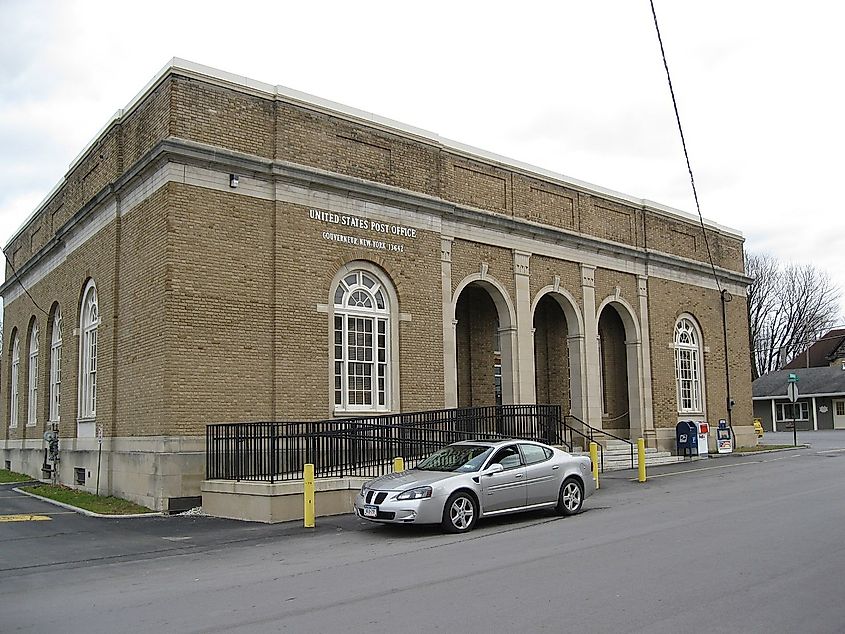
Gouverneur is in Saint Lawrence County, with a population of just over 3,000, a significant decline since 2010, when it was approximately 7,000. However, the region offers a great chance to explore the local history and natural wonder. Europeans originally settled in this town in 1805, although it was not officially established until 1810. Gouverneur originally held the name of Oswegatchie and Cambria. While Oswegatchie is still a town not far from Gouverneur, the towns are no longer connected.
The Gouverneur Museum is a great place to visit while exploring this region of the Adirondack Mountains. This Museum offers visitors a glimpse into the history of this lovely town.
Ogdensburg
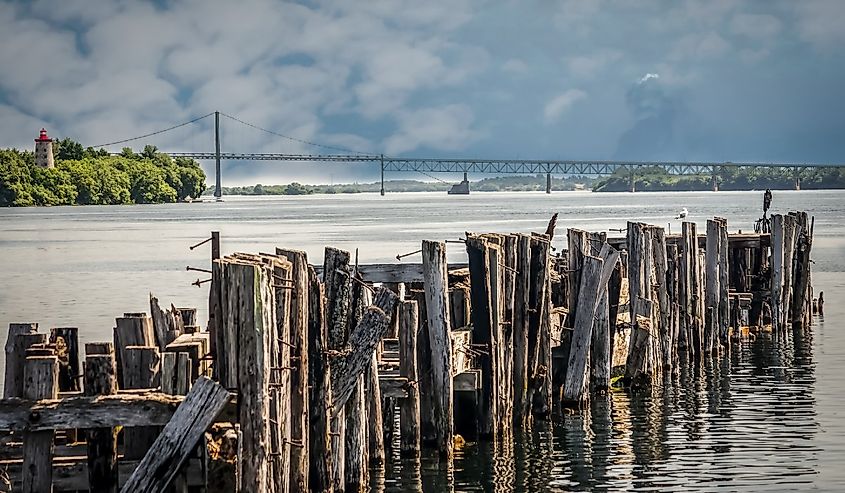
Ogdensburg, located in St. Lawrence County near the St. Lawrence Seaway, is indirectly connected to Ottawa, Canada, via the Ogdensburg-Prescott International Bridge. It's a larger town with approximately 10,000 residents and a prosperous economy. Samuel Ogden was an important figure in the early foundation of the town and is the source of the town's name. However, before the arrival of European settlers, the Iroquois nation called this land home since at least 1000 CE.
Ogdensburg served as an important connection point between Canada and the US since the founding of the country. Thanks to its location along the St. Lawrence and Oswegatchie Rivers, Ogdensburg is a beautiful place to explore the Adirondacks and local waterways.
Star Lake
Star Lake is in St. Lawrence County in northern Upstate New York. It's a small town with just above 800 residents. However, it's a nationally recognized historic town by the National Register of Historic Places. The town of Star Lake is best known for the large lake from which it gets its name. Today this lake is a favorite spot for water sporting and fishing. Although, it also served as a vital food source to early settlers and native tribes.
The Adirondack Mountains were formed approximately 1,000 million years ago. The name comes from the native Mohawk term for the mountains, which loosely translates as "the eater of trees." The Dutch later adopted this term and used it to describe the unique mountain range. Not only are the mountains themselves ancient, the various towns, native sites, and local infrastructure speak to these mountains' importance in human development.
